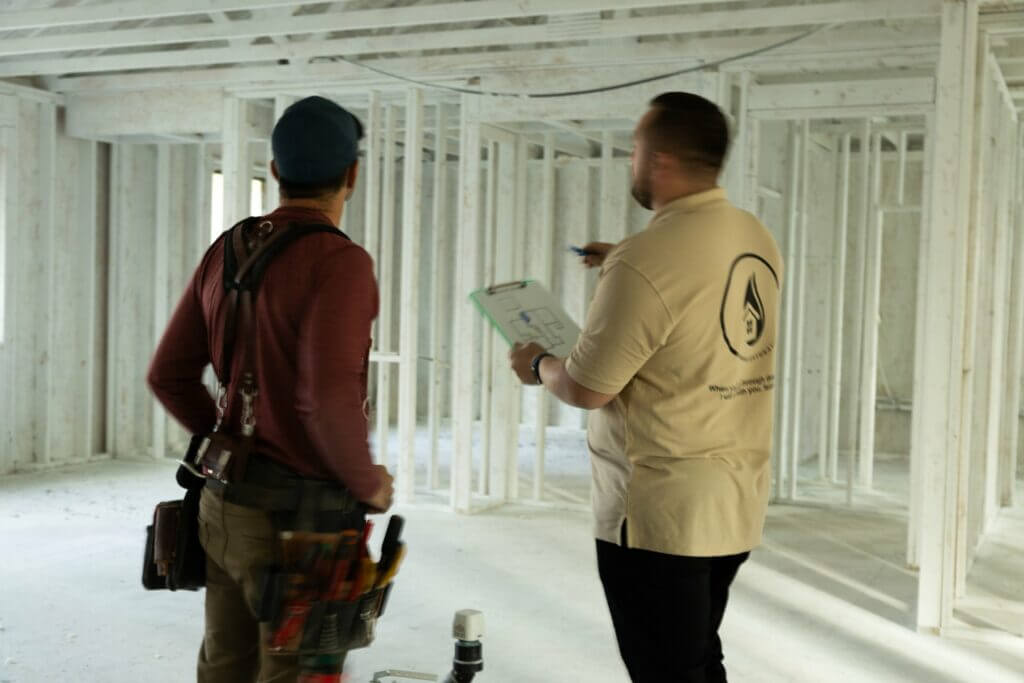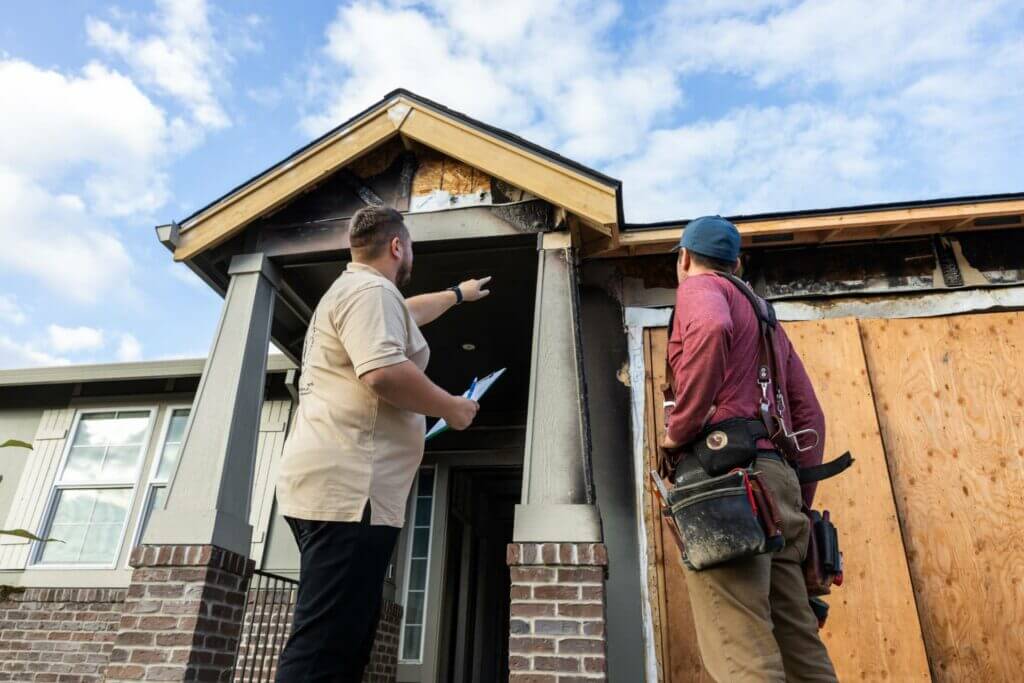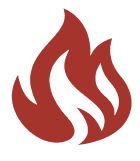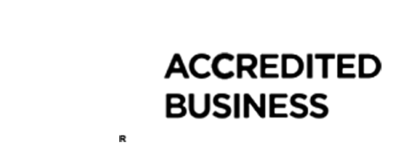“Smoke Damage: Understanding the Impact and Remediation”
Smoke damage is a significant concern for property owners after a fire. Understanding what smoke damage entails, its effects and the necessary remediation steps is crucial for ensuring the safety and restoration of affected properties. In this comprehensive guide, we delve into the intricacies of smoke damage, its impact, and effective remediation techniques.
What is Smoke Damage?
Smoke damage refers to the residual effects of smoke exposure on surfaces and materials within a property following a fire incident. It encompasses a range of issues, including discoloration, odor penetration, and corrosion, resulting from the interaction between smoke particles and various surfaces.
Smoke damage can manifest in different forms, depending on factors such as the type of fire, the materials burned, and the duration of exposure. Understanding the nature of smoke damage is essential for implementing appropriate remediation strategies tailored to specific situations.


Causes of Smoke Damage
Fire incidents
Smoke damage from fires can wreak havoc on various environments, whether residential, commercial, or industrial. Its severity hinges on multiple variables, including the fire’s scale, the materials consumed, and the duration of smoke exposure. Understanding these factors is crucial for accurately assessing and mitigating the aftermath of such incidents.
Cooking accidents
Cooking-related fires, like grease fires or unattended cooking appliances, pose not only a direct threat of flames but also the risk of substantial smoke damage to homes and kitchens. The thick smoke generated by grease fires can swiftly permeate throughout the property, leaving behind pervasive damage to walls, ceilings, and belongings. Consequently, addressing both the flames and the smoke promptly is crucial in mitigating the overall impact of such incidents.
Electrical malfunctions
Electrical fires often originate from faulty wiring, appliances, or electronic gadgets, emitting smoke and soot that exacerbate damage. This type of fire is particularly prevalent in older residences equipped with outdated electrical systems, where wear and tear increases the risk. Prompt inspection and updating of wiring can significantly reduce the likelihood of electrical fires, enhancing home safety.
Industrial accidents
Industrial accidents, ranging from machinery malfunctions to chemical spills or combustible material mishaps, have the potential to cause extensive smoke damage to nearby structures and environments, posing significant risks to human health and the ecosystem. Strict adherence to rigorous safety protocols within industrial facilities is paramount to mitigate the likelihood of such incidents, safeguarding both lives and property from potential harm. Implementation of comprehensive safety measures not only minimizes the immediate impact of accidents but also fosters a culture of responsibility and preparedness within industrial settings, promoting long-term safety and sustainability.
Types of Smoke Damage
Smoke damage can be categorized into three main types:
Soot Deposition
Soot deposition, comprised of tiny particles, adheres to surfaces throughout the property, leading to noticeable discoloration and staining. The accumulation not only mars the appearance of walls, ceilings, and furniture but also poses potential health risks due to the inhalation of these particles. Effective cleaning and maintenance are crucial to mitigate the adverse effects of soot deposition and uphold the aesthetic and environmental quality of indoor spaces.
Acidic residue
When plastics or synthetics burn in a fire, they release acidic residues that can gradually erode surfaces if left unchecked. These residues often contain compounds like sulfur dioxide, which react with moisture in the air to form acids, accelerating corrosion. Timely and thorough cleaning, along with restoration techniques tailored to neutralize acidic residues, are crucial in preventing long-term damage to affected surfaces.
Odor Penetration
Smoke particles can infiltrate porous materials, embedding themselves deeply and causing persistent odors that linger long after visible residue has been cleaned. To effectively tackle this issue, specialized techniques such as ozone treatment or thermal fogging are employed to neutralize and eradicate these stubborn smells at their source, ensuring a genuinely odor-free environment. Through meticulous application of these methods, the lingering scent of smoke can be thoroughly eliminated, restoring freshness and comfort to the space.
Corrosive Residue
Smoke generated from burning synthetic materials often contains corrosive particles that can adhere to surfaces, posing a risk of gradual damage if left unattended. Swift and thorough cleaning measures are essential to mitigate the potential for long-term deterioration caused by these residues. Proactive removal of such substances helps maintain the integrity and longevity of affected surfaces.
Discoloration
Discoloration, a result of smoke particles settling, manifests as unsightly staining or yellowing on surfaces like walls and ceilings. These particles adhere to structures over time, necessitating repainting or refinishing to revive the affected areas’ aesthetic appeal. Addressing this discoloration promptly can prevent it from worsening and maintain the overall appearance of the space.


Effects of Smoke Damage
Property damage
Smoke damage, with its capacity for structural decay, discoloration, and material corrosion, poses a significant threat to property. Left unaddressed, it can erode the integrity of structures and possessions, necessitating timely remediation efforts to mitigate further harm. Proactive measures are crucial to preserving both the aesthetic appeal and structural soundness of affected buildings and belongings.
Health hazards
Exposure to residual smoke and airborne pollutants can be particularly harmful to individuals with respiratory conditions or sensitivities due to the inhalation of smoke particles and toxins. This can result in various health issues, including respiratory problems and irritation of the eyes and skin. Consequently, it’s crucial to minimize exposure to smoke residue and take appropriate measures to maintain indoor air quality for better health outcomes.
Economic impact
Smoke damage carries significant economic repercussions, extending beyond repair expenses to encompass property devaluation and potential revenue setbacks for businesses. Moreover, insurance claims stemming from smoke damage incidents may lead to heightened premiums for policyholders, adding to the financial strain. These multifaceted costs highlight the substantial economic burden imposed by smoke damage on both individuals and businesses alike.
Psychological effects
Smoke damage from a fire can profoundly impact occupants, triggering stress, anxiety, and a sense of insecurity due to the destruction and potential danger it signifies. Individuals and families may experience lasting psychological effects as they grapple with the trauma of the event and navigate the challenging aftermath, necessitating emotional support, and professional counseling to cope effectively. Addressing both the physical and emotional repercussions of smoke damage is crucial in facilitating recovery and promoting a sense of stability and well-being for those affected.
Assessment and Remediation
Inspection process
Assessing smoke damage entails a thorough examination of the impacted property to gauge the full scope of harm and devise suitable remedial plans. This process encompasses scrutinizing the structural stability, appraising air purity levels, and recording any evident signs of damage. By meticulously evaluating these factors, experts can formulate effective strategies to mitigate the impact of smoke damage and restore the property to its pre-damaged condition.
Cleaning methods
A range of cleaning methods are available to effectively rid surfaces of smoke residue, including dry, wet, and abrasive techniques. Professional restoration technicians are equipped with specialized tools and cleaning agents tailored to eliminate soot and stains efficiently. Employing these methods ensures thorough cleansing and restoration of affected areas.
Deodorization techniques
Deodorization plays a crucial role in eliminating stubborn smoke odors and improving indoor air quality by employing various techniques. Methods like ozone treatment, thermal fogging, and air scrubbing are commonly utilized to neutralize the odor-causing compounds and eliminate lingering smells effectively. Through these processes, not only are unpleasant odors eradicated, but the environment is also refreshed, making it more comfortable and conducive to a healthier living or working space.
Restoration and repairs
In the last phase of smoke damage remediation, the focus shifts towards restoring the property to its original state before the incident. This comprehensive process encompasses tasks such as fixing any structural impairments, swapping out damaged materials, and meticulously refinishing surfaces to erase any traces of discoloration or other noticeable effects of smoke damage. Through these meticulous efforts, the property can reclaim its former appearance and functionality, offering a fresh start for its occupants.


Prevention Measures
Fire safety precautions
Implementing fire safety measures, like installing smoke detectors, maintaining fire extinguishers, and conducting fire evacuation drills, is crucial for preventing fires and reducing smoke damage in both residential and commercial buildings. These proactive steps not only enhance safety but also provide early detection and intervention in the event of a fire, potentially saving lives and property. Regular practice of fire safety protocols ensures readiness and preparedness for emergencies, fostering a safer environment for occupants and minimizing the impact of fire incidents.
Proper ventilation systems
Proper ventilation is crucial in minimizing smoke accumulation and enhancing the overall air quality indoors. By implementing and regularly upkeep ventilation systems like exhaust fans and HVAC setups, smoke particles and odors within confined areas can be eliminated. Adequate ventilation not only promotes a healthier environment but also contributes to a more comfortable and pleasant living or working space.
Regular maintenance checks
Regular inspections and maintenance of electrical systems, appliances, and heating equipment are crucial to identifying potential fire hazards and preventing smoke damage. By promptly addressing any issues discovered during inspections, the risk of electrical fires and malfunctions can be significantly reduced. Investing in repairs and upgrades ensures the safety and functionality of these systems, safeguarding both property and lives.
Education and Awareness
Educating homeowners, tenants, and employees about fire safety practices and smoke damage prevention is vital for minimizing fire-related incidents. Through comprehensive training programs, informative materials, and community outreach initiatives, individuals can become better equipped to recognize fire hazards and take proactive measures to mitigate smoke damage risks. By fostering a culture of awareness and preparedness, communities can significantly reduce the impact of fires and protect both lives and property.
Frequently Asked Questions (FAQs)
How does smoke damage occur?
Smoke damage occurs when smoke particles interact with surfaces within a property, causing discoloration, odor penetration, and corrosion.
Can smoke damage be obliterated?
While complete removal of smoke damage is challenging, professional remediation techniques can significantly mitigate its effects and restore the property to a habitable condition.
Does insurance cover smoke damage?
Many insurance policies cover smoke damage as part of their fire damage coverage. However, coverage may vary depending on the policy terms and the circumstances of the fire incident.
How long does smoke damage remediation take?
The duration of smoke damage remediation depends on factors such as the extent of damage, the size of the property, and the complexity of remediation efforts.
Are DIY smoke damage remediation methods effective?
DIY smoke damage remediation methods may provide temporary relief, but professional remediation is recommended for comprehensive and long-lasting results.
What precautions should be taken during remediation of smoke damage?
During smoke damage remediation, it’s essential to prioritize safety by wearing appropriate protective gear, ensuring adequate ventilation, and following recommended guidelines for handling smoke-damaged materials.
Conclusion
Smoke damage is a complex and multifaceted issue that requires prompt and thorough remediation to ensure the safety and integrity of affected properties. By understanding the nature of smoke damage, its impact, and effective remediation techniques, property owners can take proactive steps to restore their properties and safeguard against future incidents.

